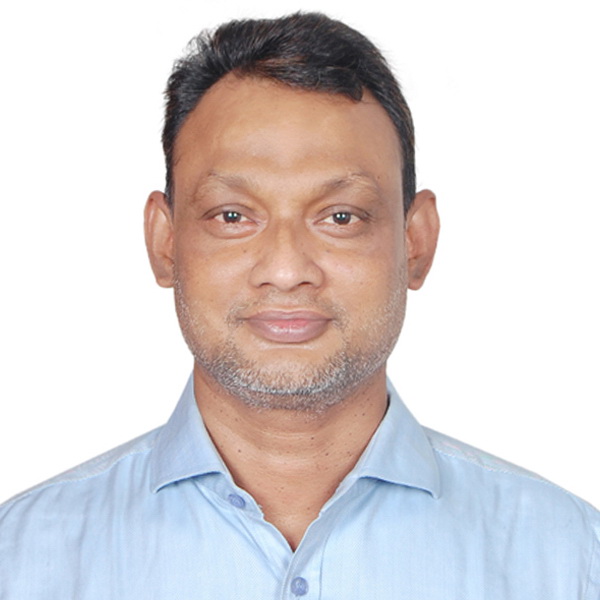24 major rivers dredged to restore navigability

More than 2,921 kilometers of waterways have so far been restored across the country through dredging under different dredging projects.
Before starting the capital dredging project, there were only 2,500 kilometers of waterways, said official statistics prepared by the Bangladesh Inland Water Transport Authority (BIWTA) on June 30 this year.
However, due to the ongoing dredging project, which is being implemented by the BIWTA, there are 5,421 kilometers of waterways during the dry season while 7,400 kilometers of waterways during the rainy season, said the BIWTA official documents.
This correspondent communicated with BIWTA Chairman Commodore Golam Sadeq. He did not receive repeated phone calls. Later in his reply through SMS, he suggested seeking information from his Public Relations Officer who he said was the BIWTA spokesman.
Talking to the Bangladesh Post on Sunday, Mohammad Mezbah Uddin Chowdhury, Shipping Secretary said, “We have a target of dredging 10,000 km river ways by 2023. We have also a yearly target and the dredging works are going on as per the targets.”
About the major barriers in conducting dredging work to reclaim the riverways, Mohammad Mezbah Uddin Chowdhury further said, “After dredging works are completed, one of the major issues is maintenance or management of the dredged materials or in other words, maintaining the depth of the dredged areas.”
He also mentioned that BIWTA had long-term issues of coordinating with the Water Resources Ministry which he said had been resolved.
BIWTA is currently implementing seven dredging projects to restore the country’s 53 important rivers and increase their navigability to keep the waterways navigable throughout the year.
Read more: BIWTA demolishes 60 illegal structures in N’ganj
The government has taken up the projects to restore navigability. Most of the rivers have lost their capacity to contain water because of heavy siltation and the construction of illegal structures on riverbeds.
As part of the plan, the government had taken up, in July 2012, a 10-year project plan at a cost of Tk 1,923 crore to develop a total of 5,421 km of waterways by June 2021.
BIWTA is implementing the project to restore 24 important river routes in the first phase. BIWTA has already restored a total of 2,921 km of waterways by spending Tk 1,057 crore during the last 11 years.
The rivers under the project are Mongla Ghashiakhali Channel (MG Channel), Khogdon, Laukathi, Bhola Nala, Kirtonkhola, Titas, Surma, Baulai, Natun Nadi, Rakti, Raksha Nala, Mogra, Kangsha, Bhogai-Kangsha, Buri, Ichamati, Karnatali, Palrodi, Dhaleswari, Kaliganga, Madhumati, Bhairab, Atrai, Dudhkumar, Old Brahmaputra and Arial Kha.
Saidur Rahman, additional chief engineer (dredging) of BIWTA said, “We will start the second phase covering the remaining important river routes after the completion of the 24 important river routes (first phase).”
He said that the Mongla-Ghasiakhali (MG) channel in Kumarkhali River had become totally inoperative in 2011 but now reopened for operation after the completion of dredging.
“Now, vessels having 8–14 feet draft were frequently operating in the MG Channel,” Rahman said, adding that the channel water was 12 feet during low tide and 20 feet during high tide.
According to BIWTA sources, about 220 colleges, schools, and madrasas, dwelling units for the poor and a stadium have been built with the dredged materials (sand and gravels) in Sunamganj, Cumilla, Netrokona, and Mymensingh districts.
The BIWTA built a stadium on 12 acres of ‘khash’ (abandoned) land by filling it with dredged materials in Phulpur Upazila, in Mymensingh district. According to the sources, over 2,000 families have benefited, as the height of their houses from the water level has increased due to the dredged materials. This would protect the dwellings from floodwaters.
Besides a stadium in Phulpur, a playground was also created in Cumilla’s Ramchandrapur with dredged materials. The production of crops, ducks, fish, and trading on waterways would increase after the completion of dredging work, Rahman hoped.
BIWTA officials also observed that the farmers could use the river waters around the year for irrigation.


